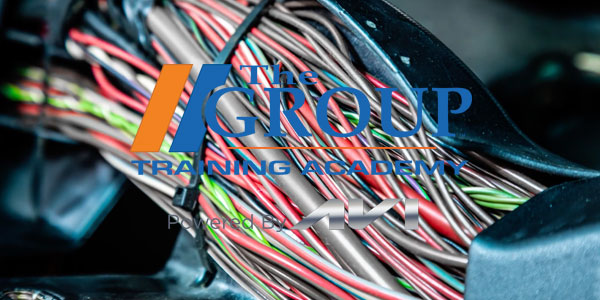Major components include the battery and alternator (see the section on charging system), power distribution center (a box that is usually located in the engine compartment and holds high amperage fuses for the vehicle’s major electrical circuits), fuse panel (another box usually located under the instrument panel or inside the vehicle that usually holds fuses for the lights and accessory circuits), fuses (to protect circuits against overloads), circuit breakers (for circuit overload protection), relays (for powering higher-amperage circuits), lights (headlights, taillamps, turn signals and brake lights, center high-mounted stop lamp (CHMSL), and numerous electronic control modules (to control various systems and functions such as powertrain, climate control, lighting, airbags, ABS/traction/stability control, anti-theft, tire pressure monitoring system, etc.).
All passenger car and light truck electrical systems operate on 12 volts Direct Current (DC) with the body or chassis providing the negative electrical ground. The vehicle’s wiring harness connects all of the various electrical and electronic components to the battery and charging system, with wiring sizes being determined by current (amperage) loads. Since the mid-1990s, most vehicles are also equipped with a Controller Area Network (CAN) bus circuit that allows the vehicle’s various electronic modules to communicate with one another and share data.
All wiring circuits are protected against current overloads by fuses, circuit breakers or fusible links. Fuses come in various amp ratings, which are marked on the fuse. Replacement fuses must have the same amp rating as the original. If a fuse has blown, it often indicates a problem in the wiring circuit or the device powered by that circuit.
Relays are switching devices used to route power to other components such as the fuel pump, ABS system, lights and so on. Relays may be located in the power distribution center, fuse panel or elsewhere in the vehicle. If a relay fails, the device it powers will not operate.
Required to pass this section of the P2 test:
1. Identify major electrical and electronic components.
2. Identify component function and common reasons for replacement.
3. Identify related items, including wiring, fuses, relays and service tools.
4. Provide basic use, maintenance, installation and warranty information.











